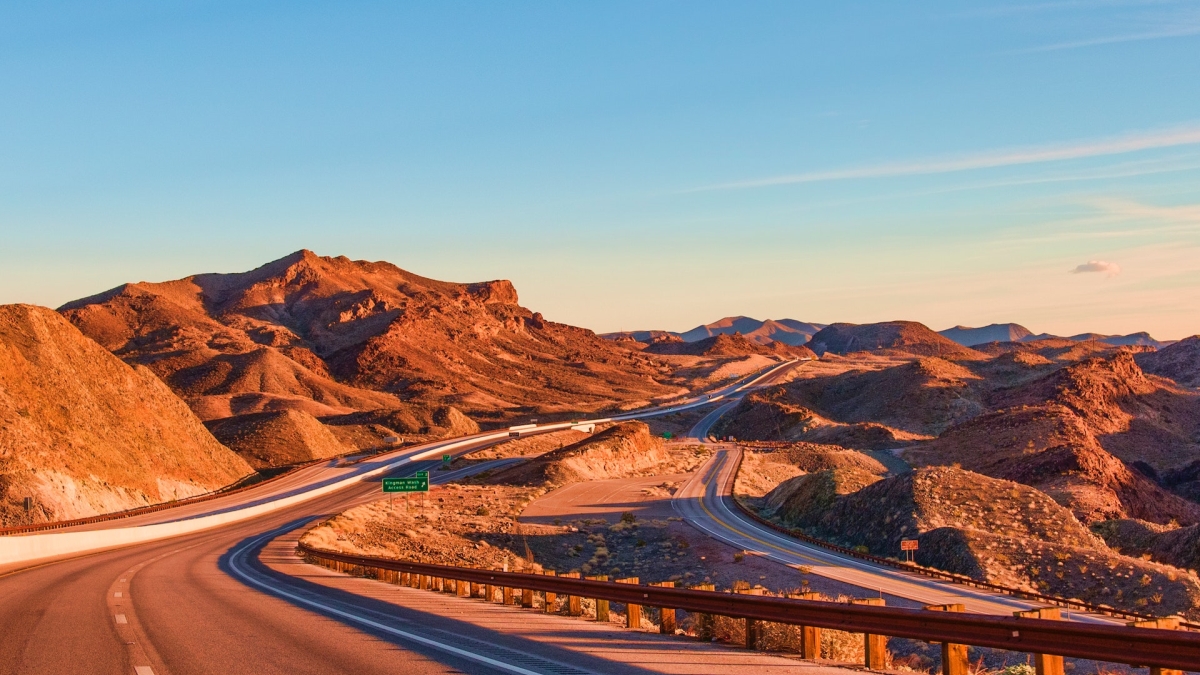More than 50 million Americans will get in their cars and drive out of town for the Independence Day weekend, setting a new domestic travel record for the holiday, according to AAA.
They can also expect to pay extra at the pump this week to reach their final destinations. Those costs are likely to continue throughout July and August, but consumers don’t seem to care because they paid more at this time last year.
According to AAA, the national average for a gallon of regular gas was $4.80 on July 4, 2022. This year they’re paying about a dollar less per gallon, thanks to the lower cost of oil. But they’re about to experience a bump.
It’s now accepted practice that the price of motor fuel will increase exponentially when there’s high demand.
ASU News spoke to economist Dennis Hoffman, director of the L. William Seidman Research Institute at Arizona State University’s W. P. Carey School of Business and director of ASU's Office of the University Economist, about the cost of fuel and summer travel.
Dennis Hoffman
Question: Does demand for fuel increase or decrease in the summer?
Answer: It depends on the locality. Summer driving season typically refers to vacations. So, more vacation driving and a little less work commuting.
Q: Gas prices in the past two years during summer seem to be at an all-time high, yet it doesn’t deter anyone from traveling. Why do you think that is?
A: Vacation opportunities tend to be calendar driven. People plan them months in advance. So, an Arizona family trip to California happens. If gas is expensive, then it will cost more. To cope, some families will spend less elsewhere — for example, on fewer days in California, one less lunch at Sea World. Families adapt to price pressures on gas by saving elsewhere.
Q: The shock of paying $4 to $5 a gallon seems to have waned. Do you think it’s because we’re now getting used to that price or because they can’t do much about it?
A: We can and will do something about the Phoenix-specific problem. The legislature should have addressed our supply issues three years ago. They are finally keen to address the problem by changing our fuel blend requirements to a formula that meets EPA standards and is more commonly available.
Q: Saudi Arabia announced earlier this month that it would begin cutting oil production by 1 million barrels per day in July to support the “stability and balance of oil markets.” Does that ring true?
A: They are cutting since world oil prices have slipped. Stability to them means stable or higher prices.
Q: What can our government do now to alleviate high gas prices?
A: State government can and is presumably taking action that should help, especially by next spring. The federal government can’t do much in the short term. Fundamentally, the country doesn’t have enough refining capacity, especially in the West. But there is little incentive to build new refineries given the unrelenting trend toward electric vehicles. While getting a new refinery permitted is hard, I don’t hear much about oil companies trying to build them either. The 10-to-20-year return investment doesn’t add up for them.
Top photo by Quintin Gellar via Pexels.com
More Business and entrepreneurship

New ASU certificate to address veteran underemployment
Veterans and military spouses bring a wealth of talent to the corporate world. Unfortunately, human resources and hiring managers without military backgrounds often struggle to understand…

ASU China Executive MBA ranked No. 7 in world by Financial Times
In the 2024 Financial Times rankings for Executive MBA (EMBA) programs, Arizona State University's W. P. Carey School of Business China Executive MBA program ranked No. 7 in the world, ahead of the…

ASU, Ghana partnership enhances supply chain practices in Africa
As a New American University, ASU defines the communities it serves as including both its backyard neighbors and colleagues around the world. For the past four years, Arizona State University…

